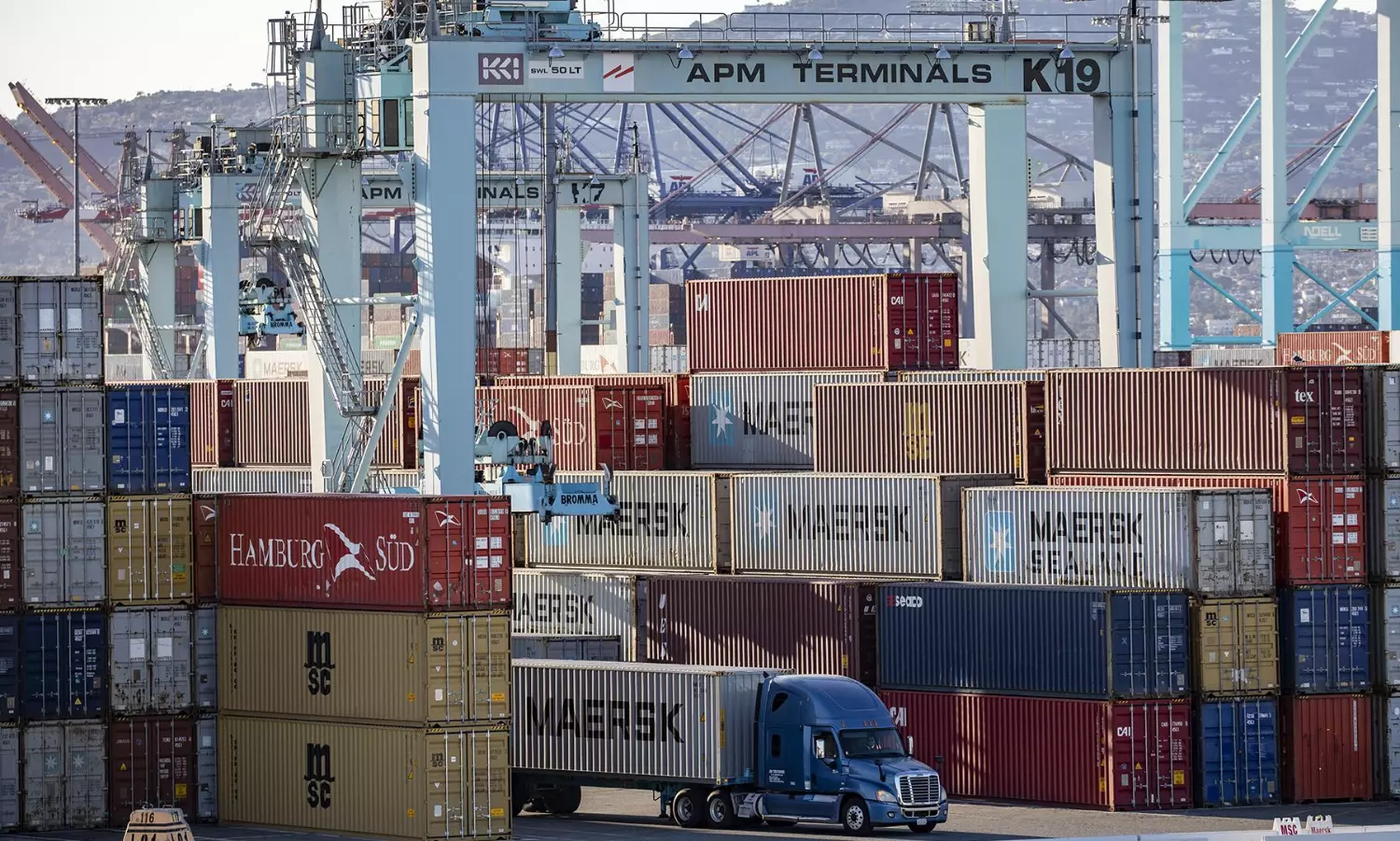260,000 TEU not shipped from Shanghai in April: Drewry
Equivalent to almost 26 10,000 TEU containerships, which will have to be found as supply chains are reactivated.

Almost 260,000 TEU export cargo was not shipped from Shanghai in April because of the lockdown. This is the equivalent of almost 26 fully-loaded 10,000 TEU containerships, which will have to be found somehow in future months as supply chains are reactivated, according to the latest report from Drewry.
"Given that the summer peak season is normally busier, anyway, the Shanghai rebound is likely to support a strong peak season and new capacity shortages," the report said.
Drewry warns that the latest disruption of the global container system will see things worsen for beneficial cargo owners (BCOs) before a partial improvement.
"The Chinese lockdowns are hitting a global container distribution system that is already severely stressed and facing reduced capacity due to pervasive congestion. A positive reading of this situation could be that the reduction in volumes will speed up the normalisation of liner network performance and port productivity. Indeed, port congestion is easing in the U.S. and Europe."
It's now almost two months into the Shanghai lockdowns, and Drewry used Automatic identification systems (AIS) data to plot the impact on vessel calls at Shanghai, Ningbo and Qingdao.
"It shows a remarkably small initial impact: between the start of the lockdowns in weeks 11 and last week (week 18), the number of weekly port calls in Shanghai trended downwards by 2.5 port calls per week while at Ningbo and Qingdao the number increased by an average of 1.1 and 0.5 per week, respectively. That said, the reduction in Shanghai port calls accelerated considerably since mid-April (week 15): the total reduction between week 15 (122 vessel calls) and week 18 (91 vessel calls) was 31, or 26 percent, of which 25 were this last week."
The study also found that despite the reduction in vessel calls, the seaside congestion worsened considerably at Shanghai following the lockdowns, peaking at 277 vessels in week 15. "The increasing seaside congestion, in combination with a huge drop in export cargo volumes due to almost all factories in the Shanghai hinterland being shut, is likely what caused carriers to pull their ships out of the queue and call at Ningbo and Qingdao."
Once the Chinese manufacturing engine starts to heat-up, their port productivity is restored and liner schedules are back in form, boxes might get stuck at destinations as ports and inland distribution systems crumble yet again, the report said.
While the seven-week lockdown in Shanghai has sent export volumes plummeting, carriers, in response, continued to cancel a significant number of sailings out of Asia, according to the latest update from Freightos. Asia-US West Coast prices increased 14 percent to $13,935/FEU on May 17, 2022, Asia-US East Coast prices were unchanged at $15,963/FEU,


